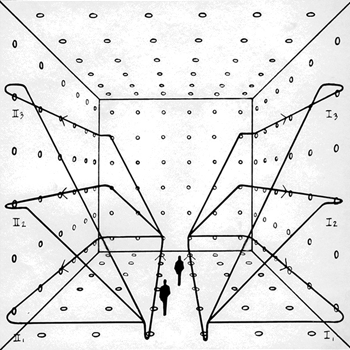After absorbing a neutron, a Uranium-235 nucleus can fission to produce Barium-141 and krypton-92. Calculate the energy that would be released from this fission of a Uranium-235 atom. How do you work this out?
2 Answers
Explanation:
To solve this question we require some extra information which is not provided but I will take variables in place of them .
Mass defect method
we must be given the mass of protons and that of neutrons which is not provided so we will take the values provided over internet .
Net mass of
similarly we calculate the mass of barium and krypton ,
Mass defect(
now according to Einsteins mass energy relation we know
it can be written as
this is the case when both the daughter nuclei are not radioactive but if they are we subtract the mass of two neutrons and then multiply by
For the reaction stated, the mass defect is:
Using rounded amu figures found on Wikipedia:
A mass of 1 amu converts to energy via
So here:
That's about

